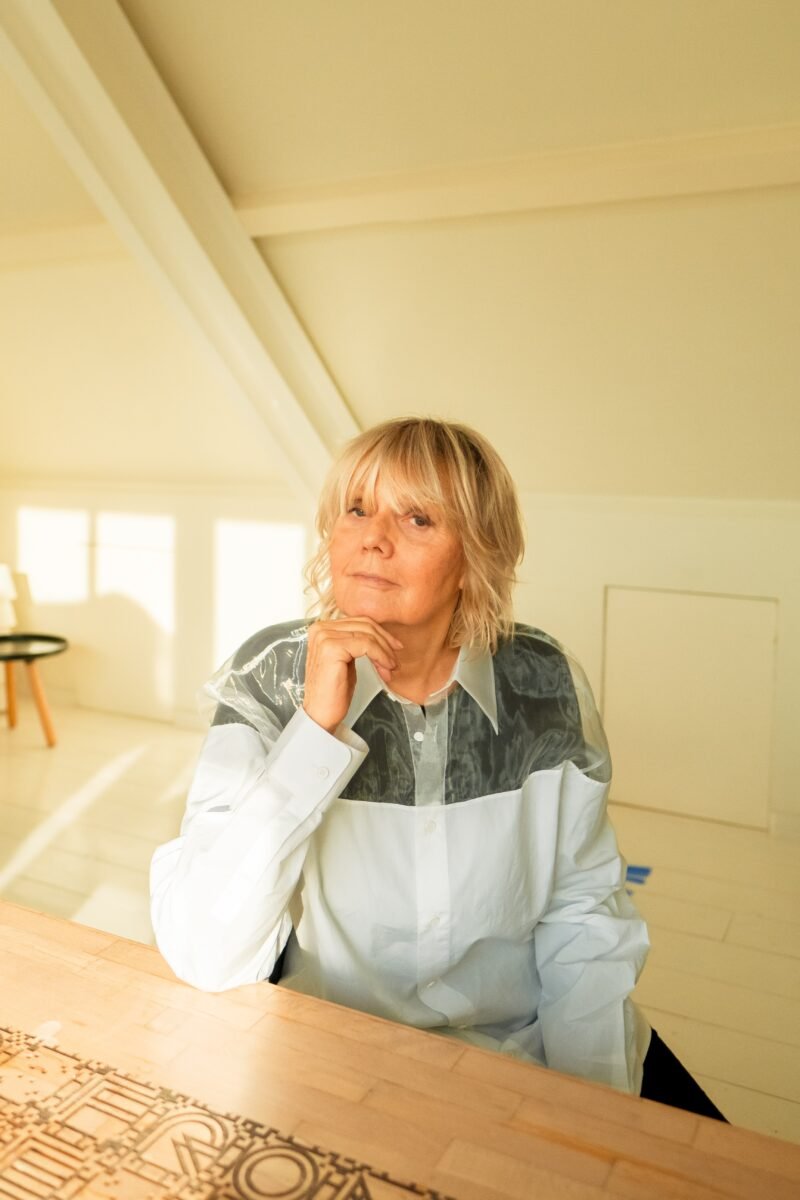Tiny Pop-Up Modules Change The Way Students Are Housed
Swedish architecture firm Tengbom have designed an innovative, sustainable and extremely compact solution for student housing. Next year, 22 wooden pop-up modules will be built at Lund’s university campus in Sweden. The small houses can easily be moved around, which makes the concept flexible and easy to implement on a temporary basis. It gives universities the option to quickly adapt their student housing to number of registered students.
Currently exhibited at the Virserum Art Museum in the county of Småland in Sweden, the truly compact houses offer a comfortable sleeping-loft, kitchen, bathroom and a small garden with a patio. Sustainable and affordable building techniques are used to reduce the construction costs and make the modules affordable for student housing. Due to an efficient design and the use of cross-laminated wood as a construction material, the rent can be reduced by 50%. Moreover, the modules reduce their ecological impact to a minimum.


The housing concept challenges some common ideas about student housing. In many places student housing is organized in multi-level apartment flats, while, at the same time, the regular single-family house is the most appreciated form of living worldwide. What about students? Plenty of flexible and affordable student housing concepts have been developed over the last years, such as colorful container villages for students in Amsterdam. Tengbom’s units scale down the concept of the single-family house to a size that meets the needs of the student. It’s small, like any other student room, but it has a garden and immediate access to the public domain. Altogether the houses could form new micro villages with an interesting new role for the space between them.



